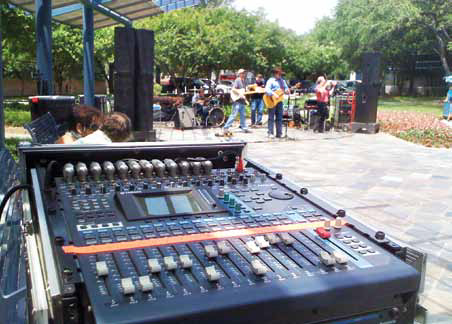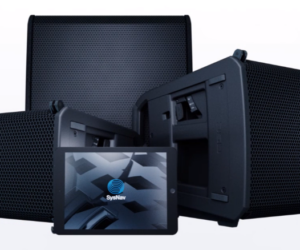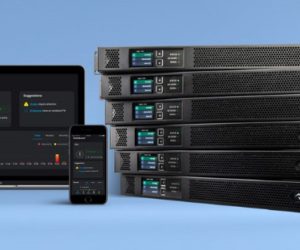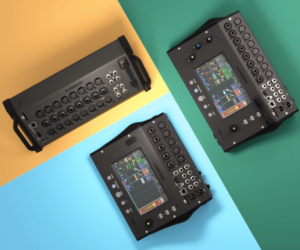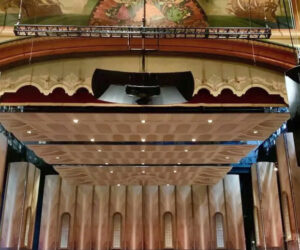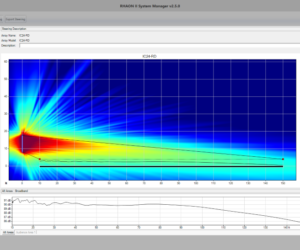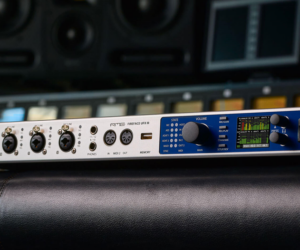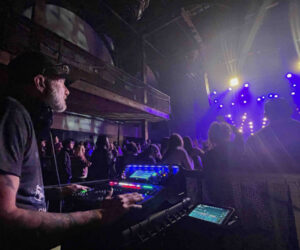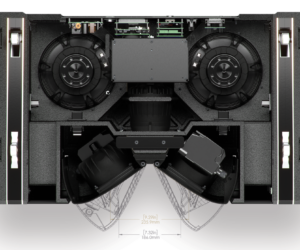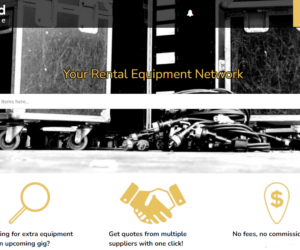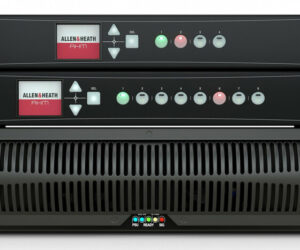I’ve been in the pro audio business for more than 20 years, but I never set out to be a sound system provider. But about a decade ago, after eight years working at a large university’s theatre complex, well, as Bob Dylan said, “one day the ax just fell.”
I called all of my old friends but couldn’t find a decent gig anywhere. So I ended up mixing acoustic acts for next to nothing in a local bar and grill. This little bar had big plans, though. They started booking bigger and bigger bands to play on their patio, and the little speaker-on-a-stick system was not adequate.
The owner tasked me with renting enough gear to pull off bigger shows. It started with me renting the bar the small amount of equipment I owned – microphones, stands, and cabling. Next thing you know, I’m buying and then renting them a snake, some amplifiers and monitors, and a decent little income stream had developed.
But when summer turns to fall and then winter, as it is want to do, this outdoor patio-based bar overlooking a lake shuts down. Which effectively shut me down again as well.
Great – no gig (again), and a bigger pile of equipment. So I decided to make the plunge and went into business for myself. And I needed loudspeakers.
The Great Unknown
There were a few requirements that I set when shopping for PA. First, I needed to be able to stack it by myself. Keeping the weight low and the box size manageable was the top item on my priority list. It would do me no good to have a big impressive PA if I couldn’t load it in working solo. Next, it needed to be cheap. I was out of a job – enough said.
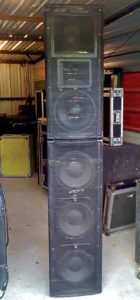
Finally, it needed to sound good (duh). But seriously, and more specifically, I wanted something that delivered solid, consistent horizontal coverage. Most systems are fine directly on axis, but the goal was to be able to move throughout the venue and have a minimal shift in response. In other words, array-ability.
There were very few options available in my price range that could be arrayed properly.
I did run across several used sets of EAW KF360s, a great box which fit all of my criteria except one: price. However, it prompted me to check out 3-way designs, and one day while perusing eBay, I spotted loudspeakers with a name – Audio Centron – that I’d never heard.
Normally I would never suggest buying a
system without actually listening to it. But I made an exception based on three factors:
1) The price was exceptionally low. (Do we have a theme here?) It was so low that I could part it out and sell the raw drivers for more money than I was going to pay.
2) I contacted Jerry Turnbow, who was director of engineering for St. Louis Music during the early to mid 1990s when these cabinets were designed and sold. Jerry was a terrific resource, providing original owners manuals, schematics, and general knowledge about the cabinets.
3) I found out that MB Music and Sound in Covington, IN, uses a lot of these cabinets, so I called Alan Lynch, the owner, and talked with him at length about their strengths and weaknesses.
Specifically, the loudspeakers are the CE Series, with the CE-36S subwoofer offering a triple 12-inch design, and the CE-17 top cabinets using a 12-inch low-mid driver, an 8-inch high-mid on a horn, and a 1-inch-exit driver on a horn. I bought four stacks of this combo.
All of the drivers are Eminence, meaning re-cone parts are easy to find, which was a good thing, because the PSD2002 compression drivers in all four cabinets were blown when I got them. (They’d been run hard, and then some, by the former owners.) However, once I replaced the driver diaphragms and a couple of resistors, they were in fine shape.
Little Jewels
The deal also included four monitors, Audio Centron CM-15s, which is a basic 15-inch, 2-way model. They weren’t really up to snuff, but there was a silver lining, in that they had Electro-Voice DH3 compression drivers, little jewels that can be found in some high-end loudspeakers, with an incredibly sweet and open sound.
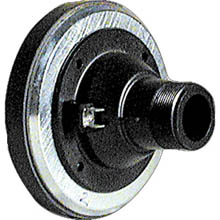
The DH3s were being crossed over too low in
the monitors, leading to damage, but they would be fantastic in the mains – the CE-17 uses a very safe 3.9 kHz crossover point. The DH3 is more efficient than the PSD2002, though, so I had to redesign the resistor network to compensate. It was worth it. These cabinets absolutely sing in
the high frequencies.
With my mains sorted, I needed amplification, with the goal being to triamp the system. I already had a JBL DSC260 digital controller, so all that was needed was enough power, which I found on Craigslist. A wedding band that was upgrading to a powered system gave me a great deal on two Carver PT-1800s, two PT-2400s and two QSC PLX-1602s. All six were already mounted in two cases, along with some input/output panels and power.


